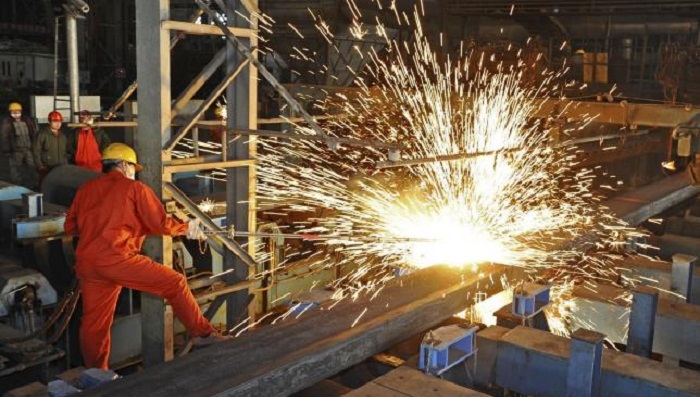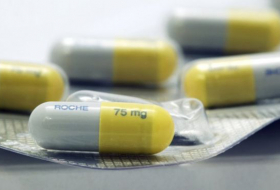"Real interest rates are still high due to falling producer prices," Wang Jun, senior economist at the China Centre for International Economic Exchanges (CCIEE), a Beijing-based think-tank.
"It`s still necessary to cut interest rates to support economic growth and combat deflation."
Factory output grew an annual 6.2 percent in November, data from the National Bureau of Statistics(NBS) showed, quickening from October`s 5.6 percent and beating expectations of 5.6 percent.
Growth in China`s fixed-asset investment, one of the main drivers of the economy, rose 10.2 percent in the first 11 months, unchanged from the gain in January-October, and higher than an expected 10.1 percent rise.
Retail sales grew an annual 11.2 percent in November - the strongest expansion this year - compared with 11.0 percent in October. Analysts had forecast 11.1 percent growth in November.
"While low base could be the factor driving the headline growth, we still have to acknowledge that China`s data are illustrating signs of stabilization, albeit at a low level," said Zhao Hao, senior economist at Commerzbank in Singapore.
The data came after weak trade and inflation readings earlier this week, which underscored the persistent slack in the economy.
WEAK DEMAND, OVERCAPACITY
The world`s second-biggest economy has been hit by weak demand at home and abroad, factory overcapacity and challenges posed by its transition to a consumption-led growth model from one reliant on investments.
With the Fed poised to raise interest rates for the first time in almost a decade at next week`s review, the risk of intensifying capital outflows has added to Beijing`s policy challenge.
Premier Li Keqiang has recently pledged to step up "supply-side" reform to generate new growth engines in the economy while tackling factory overcapacity and so-called zombie firms.
With its trade sector ailing, there are also signs China is ramping up efforts to send more excess production abroad with tax cuts for the export sector.
China`s output of key industrial commodities including coal and steel remained weak in November amid chronic oversupply as slowing construction demand took its toll.
"Supply-side management should be supported by loose fiscal and monetary policy," Li Huiyong, an economist at Shenyin & Wanguo Securities said.
Li said the economy faced "increased uncertainties" from a cooling property market, excess factory capacity, high debt levels and Beijing`s anti-corruption drive. He expects the central bank to cut interest rates by 50 basis points in the next 12 months, on top of more cuts in bank reserve ratios.
Over the past year Chinese authorities have launched the most aggressive policy stimulus since the 2008/09 global financial crisis, including cutting interest rates six times since late 2014 and lowering bank reserve requirements.
They have also taken other steps, including an announcement on Friday to lock-in more investments as Beijing tries to put a floor under the economy.
But the government has been struggling to reach its economic growth target of around 7 percent this year, which would be the weakest pace in a quarter of a century. Many analysts suspect actual growth is lower than official figures suggest.
WEAKER PROPERTY INVESTMENT
A cooling property market has weighed heavily on China`s economy over the past year. Home sales and prices have increased in bigger cities over recent months, helped by a barrage of government measures.
Data issued by the statistics bureau on Saturday showed property investment grew 1.3 percent in the first 11 months of 2015 from a year earlier, slowing from 2.0 percent rise in January-October and hitting the weakest pace since early 2009.
While noting the risk posed by large inventories of unsold homes, China`s President Xi Jinping said last month that China needed to reduce housing overhang to ensure sustainable development of its property market.
Xi has said that China must keep annual average growth of no less than 6.5 percent over the next five years to hit the country`s goal of doubling gross domestic product and per capita income by 2020 from 2010.
More about:
















































